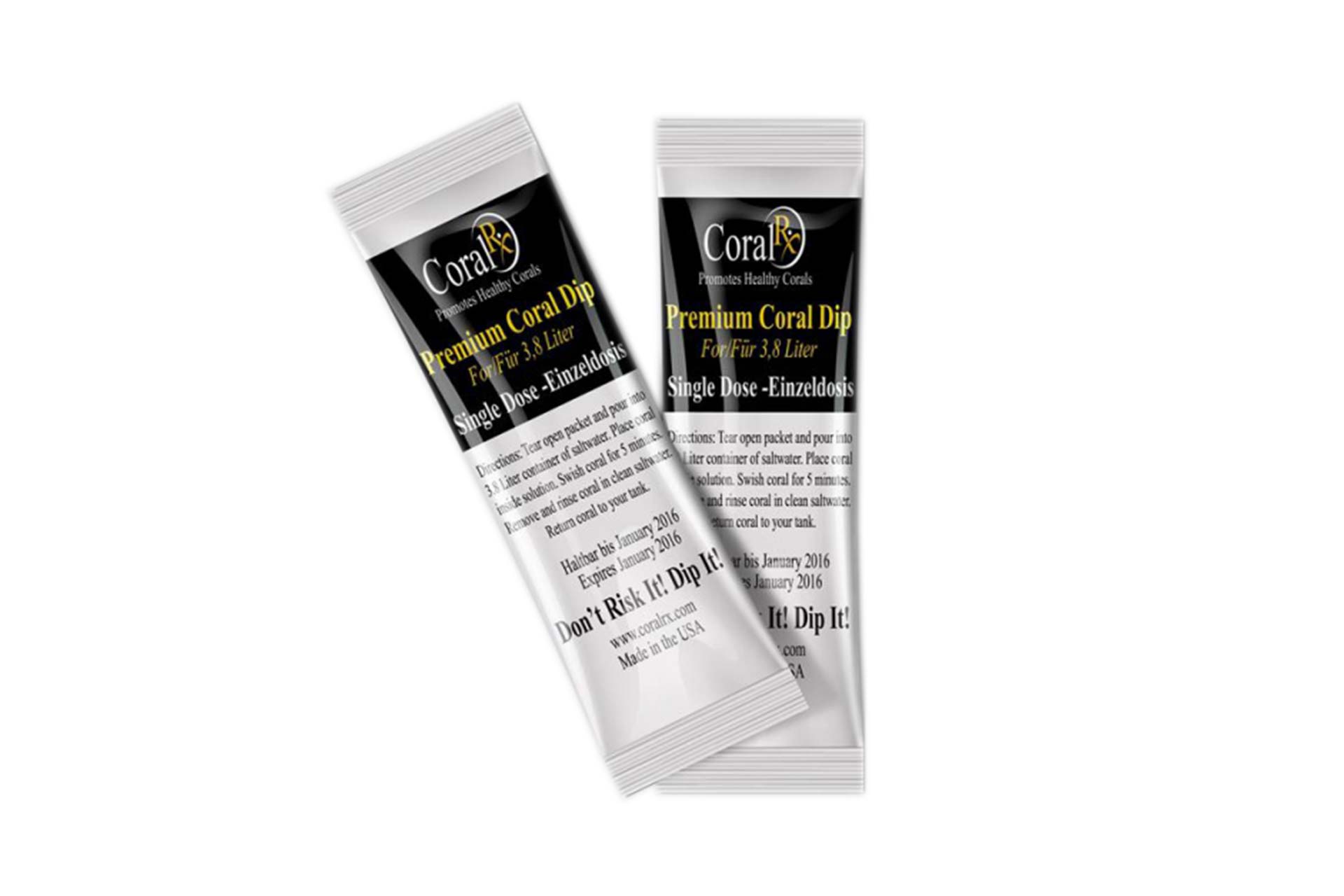CoralRX One Shot
EUR 2,99
incl. VAT excl. shipping costs
weight 0,01 kg
Currently out of stock. We will order the product for you!
Sorry, this item is out of stock. If you like we'll send you an email once it is on stock again.
Please provide your email address, you will receive an email to confirm the notification
product description
CoralRX One Shot
In 2006, CoralRX was developed for 2 reasons: firstly to treat corals that suffer from parasites and secondly, as a prophylactic measure to protect healthy corals from attack by parasites or bacterial infections.
CoralRX is extremely effective against parasites but very well tolerated by corals, it contains neither iodine nor oxidizing agents.
Independently tested
Andrew Lynford, M.S. of the Biology of Hofstra University, CoralRX subjected an independent test. The task of this study was to quantify the effectiveness of 3 different products against flatworms: Flatworm Exit, CoralRX and Povidone. This article was published on Advanced Aquarist in April 2009. Only a few excerpts from this article are listed here.
CoralRX is the most effective product
CoralRX worked well as a coral diving bath and its use would be beneficial for coral breeders, wholesalers, dealers, public aquariums and hobby aquarists to treat newly received corals in quarantine.
Chemical treatments are used as a preventive measure to remove flatworms from corals before they enter the aquarium. These measures are called "coral dip".
Treating new corals and living stones in a quarantine tank with a coral immersion bath is the best method to protect your aquarium from parasites, marine flatworms, snails harmful to corals, etc. and the associated possible dangers for your entire aquarium.
CoralRX a different kind of coral diving bath
CoralRX was developed with the basic idea of ??keeping corals healthy. The protected product contains a mixture of natural ingredients and does not contain iodine which colors corals. It also does not contain any oxidizing agents, the side effects of which are often toxic and react with the tissue of the corals. Independent studies also question the effectiveness of iodine as a coral diving bath, see Advanced Aquarist, April 2009.
CoralRX removes many uninvited guests in corals, such as acropora-eating flatworms, montipora and zoanthid-eating snails.
0 Reviews
